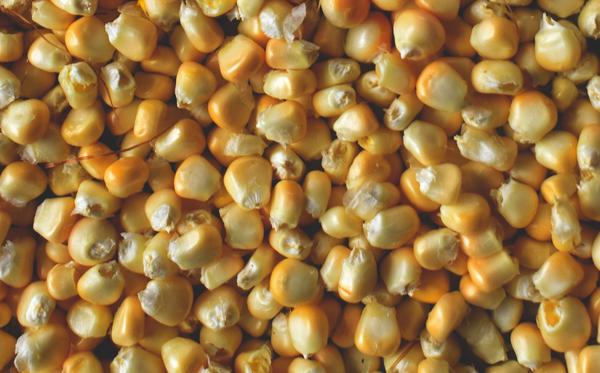
Tech Roundup: Flesch-Kincaid Calculator —
Name: Flesch-Kincaid Calculator
What it does: Provides scores reflecting how difficult a piece of writing is to read. More specifically, it’s based on the Flesch Reading Ease Score and the Flesch-Kincaid Grade Level.
What it does: Provides scores reflecting how difficult a piece of writing is to read. More specifically, it’s based on the Flesch Reading Ease Score and the Flesch-Kincaid Grade Level.





